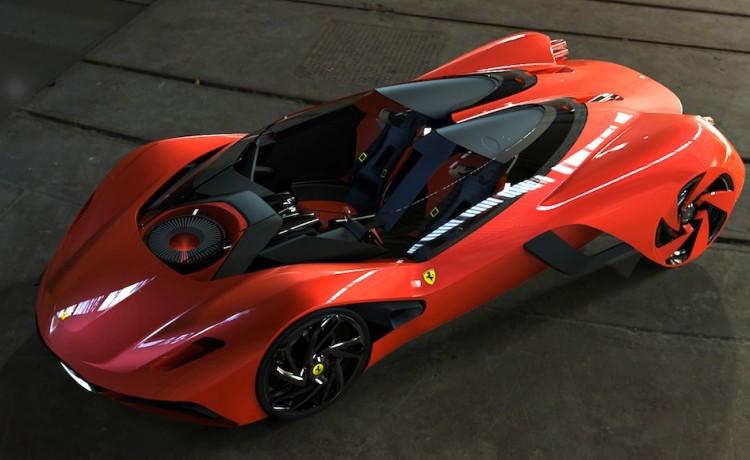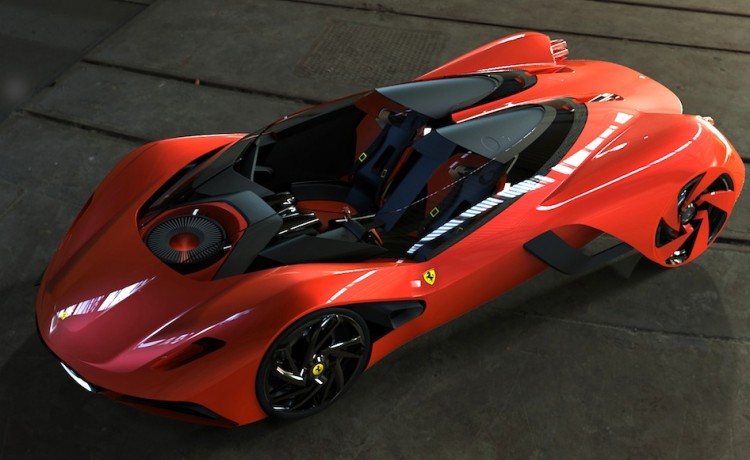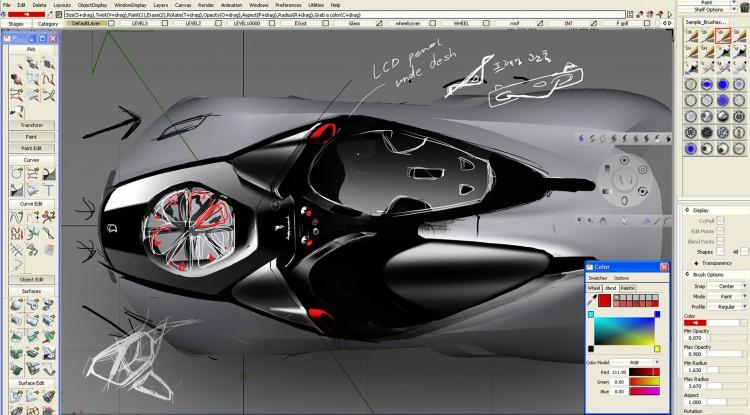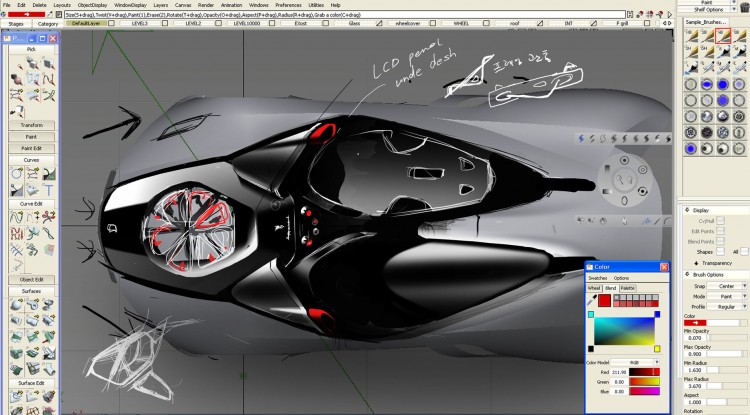With dual cockpits resembling those of a fighter jet and the sleek lines of an eco-friendly sports car, the winning design of Ferrari’s “Hypercar of the Future” World Design Contest offers a convincing view of what may actually be found on the road in the coming years. College teams from around the world competed to explore new levels of flare, while not overstepping the boundaries of feasibility.
The contest focused on the cream of the crop, honing in on the world’s top 50 automotive design schools and gradually whittled them down to just seven finalist teams. During the awards ceremony in Maranello, Italy, on July 19, the first place went to Korea’s Hongik University, with the London Royal College of Arts coming in second.
The winning teams were both given internships with Ferrari, yet for the students the benefits stretch beyond that. According to Alissa Perlstein Sykes, Autodesk’s Director of Worldwide Education, for the students, pushing the limits of their skills and turning around a real-world project under the mentorship of industry professionals can be an experience that no prize can match.
The last time Ferrari held its World Design Contest was back in 2005. “They were hoping to bring it back, and they asked us to participate,” said Sykes in a phone interview. “It was such a natural fit with our part in education that we jumped on it.”
Autodesk is one of the leaders in 3-D design, engineering, and entertainment software; and recently partnered with Ferrari, which uses the software to design its cars. Five or ten years ago, it was rare to hear Autodesk mentioned outside industry professionals, but an interesting dynamic is taking place in the design world, fueled in part by the proliferation of technology that today’s college students were raised with.
“People are pushing what you can use the technology for,” Sykes said, noting that even with middle school and high school kids, “You should see what they’re doing with our technology. They’re doing work that pushes some of our commercial customers.”
He adds that the shape of the car should be one that is “immediately recognizable for its remarkable improvements in terms of style and functionality.”
This was in addition to “preserving the legendary performance and elegance associated with the iconic Ferrari brand,” as stated by a contest press release.
Using the same Autodesk software employed by Ferrari, the students set out to create 3-D models of their concept hypercars, before constructing physical, 1:4 scale models of their final designs.
A perusal of the cars designed by the seven finalist teams shows they held well to expectations, with some common trends in their designs—most notably the elongated dome-like windshields that stretch the length of where the driver sits, a concept that uses aerodynamics not only to give better speed, but also to cut down fuel cost.
After the awards ceremony, Ferrari chairman Luca di Montezemolo commented, “Nurturing the creativity of young people is a fundamental strategy in every walk of life. The Ferrari World Design Contest represents a window that we want to keep open on the world and the creative energy of the next generation,” according to a press release.
He added, “I saw at first hand the many genuinely innovative ideas that these talented youngsters sent us and could feel the enormous passion and commitment that had gone into them. I am certain that some of these suggestions will come to light in the Ferraris of the future.”





![[LIVE Q&A 04/19 at 10:30AM ET] Major Case Could Overturn Jan. 6 Charges](/_next/image?url=https%3A%2F%2Fimg.theepochtimes.com%2Fassets%2Fuploads%2F2024%2F04%2F18%2Fid5632533-CR-TN_REC_0419-1080x720.jpg&w=1200&q=75)



Friends Read Free